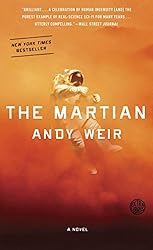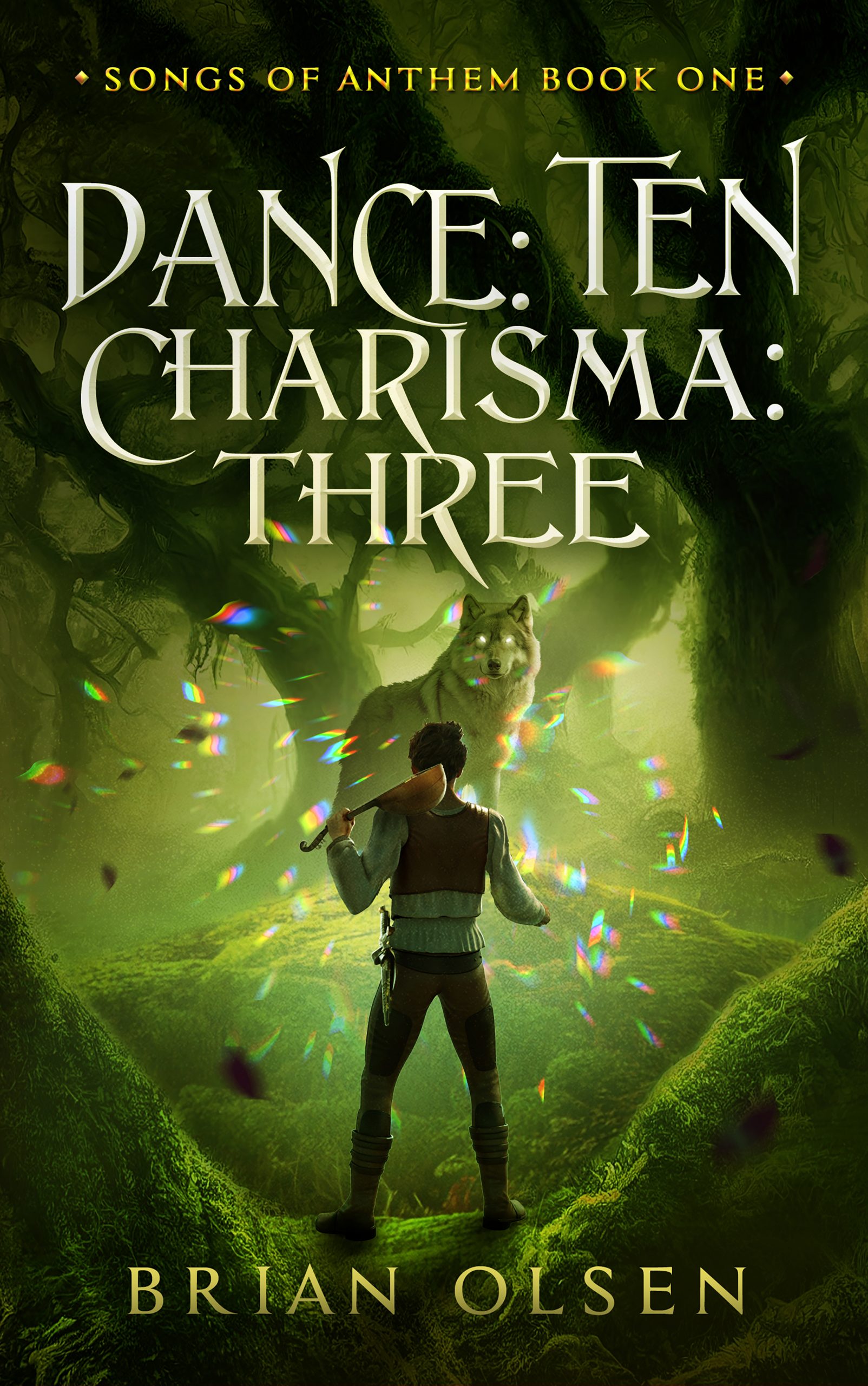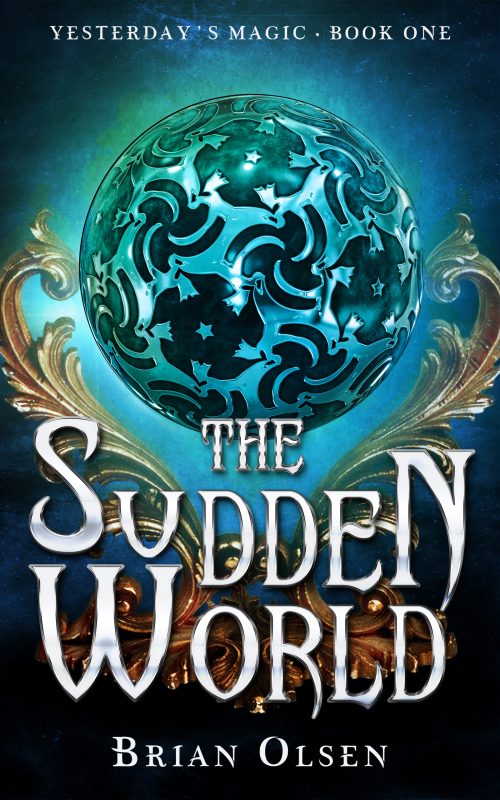I am drowning in books. I’ve usually got two or three going at once, and my “to read” pile covers my entire dresser and takes up a good amount of space on my Kindle app. I’m going to use my blog like my own mini-Goodreads from time to time and post some thoughts on the books in my library. Here’s what I’m reading now, what I’ve recently read, and what’s up next. I’ll limit each to three, or this would be endless.
So what are you reading?
Reading Now

The Indie Author Power Pack: How to Write, Publish & Market Your Book
by Sean Platt & Johnny B. Truant, David Gaughran, and Joanna Penn
A bundle of three of the top self-publishing how-to guides: Write. Publish. Repeat., Let’s Get Digital, and How to Market a Book. I snatched these up when they were collected and put on sale. I’m only a little ways into the first of the three, but I’m already learning a ton. I listened to an interview with Joanna Penn today and I’m particularly eager to get to her book.

Sky Pirates! (Doctor Who: The New Adventures #40)
by Dave Stone
A series of Doctor Who paperbacks from the 90s that picked up where the original series left off. I mostly never got around to reading these first time around, although this is one of the few I did. I’ve been working my way through the series, and am about two pages in to a re-read of this one. I remember being vaguely confused by it, but maybe it’ll work better for me now that I’m more familiar with the new companions.

Doctor Who Magazine Special Edition #38: The Year of the Doctor
An in-depth look at the production of the various Doctor Who fiftieth anniversary programs. What? I like Doctor Who. A lot. This is the kind of thing you can read in short bursts, so it’s my current bathroom reading.
Recently Read

Orbs
by Nicholas Sansbury Smith
I met Smith at New York Comic Con in October – well, by met I mean I saw him on a panel and then waylaid him on his way to his signing session. He was the only panelist who had started as a self-published author, and I wanted to thank him for his great advice. He was very nice and very encouraging, so I immediately decided to check out his book. I’m so glad I did. Really fun, really strong end-of-the-world sci-fi. If that’s your thing – and it’s definitely mine – check it out.

Complete Works of Anton Chekhov
by Anton Chekhov
All right, I didn’t read the whole thing. I’m directing a reading of an adaptation of his novella “An Anonymous Story,” called Story of an Unknown Man. Being the good and conscientious director I am, I needed to read the source material. I was already a Chekhov fan, so I expected to enjoy it, and I did. I’m glad I had the excuse to pick it up.

Redshirts
by John Scalzi
I picked this up on a whim at Comic Con. It takes place on a familiar starship (almost, but not quite, the Enterprise), and tells the story of a group of lower-level officers who begin to realize the horrible fates that inevitably befall any of their crewmates who are unlucky enough to be selected for an away mission with the bridge crew. It’s hilarious and the central conceit of the book goes a lot deeper than you’d think. A must-read if you’re a Star Trek fan.
In the Queue

The Martian
by Andy Weir
A recommendation (and gift) from my brother. I don’t know much about it – a guy gets stranded on Mars – but I’m looking forward to checking it out.

The Dark of Twilight (Twilight Shifters #1)
by Kate Danley
Kate Danley’s new book! Kate’s a dear friend, I read everything she puts out and I’m never disappointed. Sexy werewolves! Who doesn’t like sexy werewolves?

Yes Please
by Amy Poehler
At Book Con this year (not Comic Con – a different Con), I got to see Amy Poehler interview Martin Short. It was just as great as it sounds. I probably would have gotten this book anyway, because I love Amy Poehler, but that interview put this on my radar.













